Pupils & Classes
Teachers -Mrs Gill, Ms Quinn
TA- Miss Gregory
Summer Term 2025:
Communication and language and literacy
This half term we have enjoyed exploring our focused texts Christopher’s Caterpillars by Charlotte Middleton and Walter’s Wonderful Web by Tim Hopgood. We made a Yes/No graph to show who liked spiders and who didn’t and we discussed our reasons. We have listened to lots of stories about minibeasts and had a keen interest in our ‘Summer in the Garden’ topic, particularly digging for bugs in the bug hotel! One of our favourite texts has been The Very Hungry Caterpillar by Eric Carle. We have continued practicing forming the letters in our names correctly and in Phonics, Nursery have continued to orally blend and segment, count the syllables in words as well as some children beginning Phase 2 Phonics sessions.
Maths
In maths this term, we have been focusing on Sequencing and Positional Language, Comparing Groups using the language, ‘more than’ and ‘fewer than’, identifying 2D and 3D shapes and their properties and exploring the Composition of Numbers.
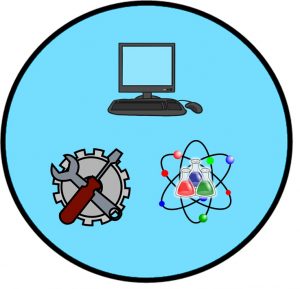
Understanding the World
We have learned all about the season of Summer. We know it comes after Spring, what clothing we might wear in the sun and how to protect ourselves on a hot day. We have explored our environment, learning all about the features and habitats of minibeasts and how to care for them. We also learned about the lifecycles of butterflies. During our experience day, we are making minibeast collages and taking a trip to the park for fun and games!
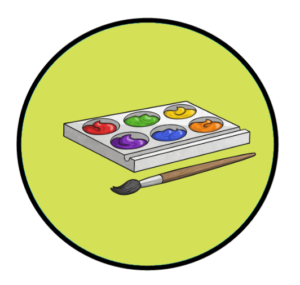
Expressive Art and Design
This term the children have been focusing on ‘Collage’. We have looked at different collages and learned what a collage is. We have made our own self portrait collages using a range of materials for our hair, eyes, nose and mouth. Next, nursery are going to make minibeast collages linked to our ‘Summer in the Garden’ topic, using natural materials e.g. grass, soil etc. We have also been learning and remembering entire songs and practicing how to ‘pitch match’ – singing the pitch of a tone sung by another.
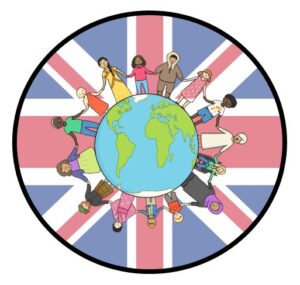
Personal, Social and Emotional Development
We have continued to develop our social and emotional development through the Think Equal programme, focusing on solving problems with our peers effectively and learning to resolve conflicts peacefully. We have also continued our daily practices of mindfulness and meditation.
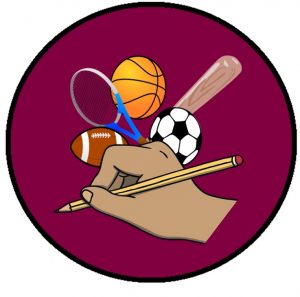
Physical Development
We have been choosing the right resources to carry out our own plans and collaborating with others to manage large equipment. We have been developing our fine motor skills by practicing holding and using scissors correctly as well as continuing to practice holding our pencil correctly.

![]()
![]()
![]()
| TOPIC NAMES | Understanding the World |
EAD (Expressive Arts and Design |
PSED |
RE |
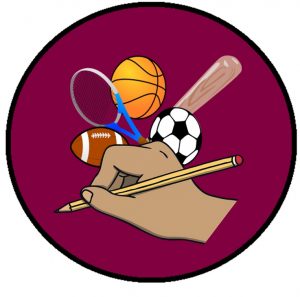
Physical Development |
Literacy (Reading and Writing) |
Maths |
|
| Nursery
SUMMER
ICT ARTICLE 17 |
SUM 1: Journeys and Transport
(ART 13)
SUM 2: Summer in the Garden (ART 29)
|
Sculpture- Sum 1
Collage – Sum 2
Music and Movement Identifying songs and music Parachute games End of year performance
Role play- Transport role play- bus, station, Minibeast garden.
Additional- SEE NURSERY CURRICULUM DOC. |
Think Equal
SUM 1: The Tale of Baby Beetroot Lara the Yellow Ladybird My Voice Healthy Minds C: What else can we do when we are upset? Healthy Minds C: Forgiving Myself Mindful movement in the hall
SUM 2: Kitchi’s Moccasins Helping Hands Diego’s Great Idea Head, Heart and Hands My Amazing Brain Healthy Minds D: Forgiving Others Healthy Minds D: Gratitude for People or things in my life
TRANSITION
Additional- SEE NURSERY CURRICULUM DOC. |
LIVING: Where do we belong?
Values- Faith, Hope and Love |
Gross Motor Skills
§ Begin to refine movement of walking and running § Begin to refine climbing skills § Begin to refine balancing skills § Learn to skip § Continue to develop riding skills § Continue to develop ball skills § Use large muscle movements § Remember some sequences and patterns of movement related to music and rhythm § Take part in some group team activities § Match developing physical skills to tasks and activities in setting § Choose the right resource to carry out chosen plan § Collaborate with others to manage large items
Fine Motor Skills § Use one-handed tools and equipment. § Eat independently using a knife and fork § Be increasingly independent getting dressed and undressed § Use a comfortable grip with good control when holding pens and pencils.
|
Phase 1 Phonics / Reading
§ Develop phonological awareness
ð Join in with P1 activities, aspects 1 to 7 – Listen, remember & talk about different sounds with increasing vocabulary: □ Environmental □ Instrumental □ Body Percussion – Talk about rhyming words and begin to create rhyming strings – Hear and say initial sounds in words – Explore and talk about different voice sounds, enunciating some phoneme correctly – Participate in oral blending/segmenting activities – Clap syllables in words § Engage in extended conversations about stories and non-fiction texts, learning & using new vocabulary
§ Use the five key concepts about print: ð Identify a word in a sentence and understand it carries meaning ð Identify a letter in a word ð Name parts of book and show awareness of page number … page number ð Continue to develop understanding of word / letter ð Follow print, know it is read from top to bottom & use 1:1 correspondence § Read own name in a variety of fonts/context
Writing § Use knowledge of print / letter knowledge in writing
ð
Recognisable letters ð Left to right / top to bottom directionality ð Top to bottom directionality
§ Begin to match some letters to phonemes e.g. m for mummy § Engage in purposeful early writing Write name, from memory, with correct letter formation |
SUM 1: Sequencing
Positional language More than/Fewer than 2D Shape 3D shape
SUM 2: Number Composition What comes after What comes before Numbers to 5
Additional – SEE MASTER THE CURRICULUM Planning
|
Homework Leaflet- Homework leaflet

